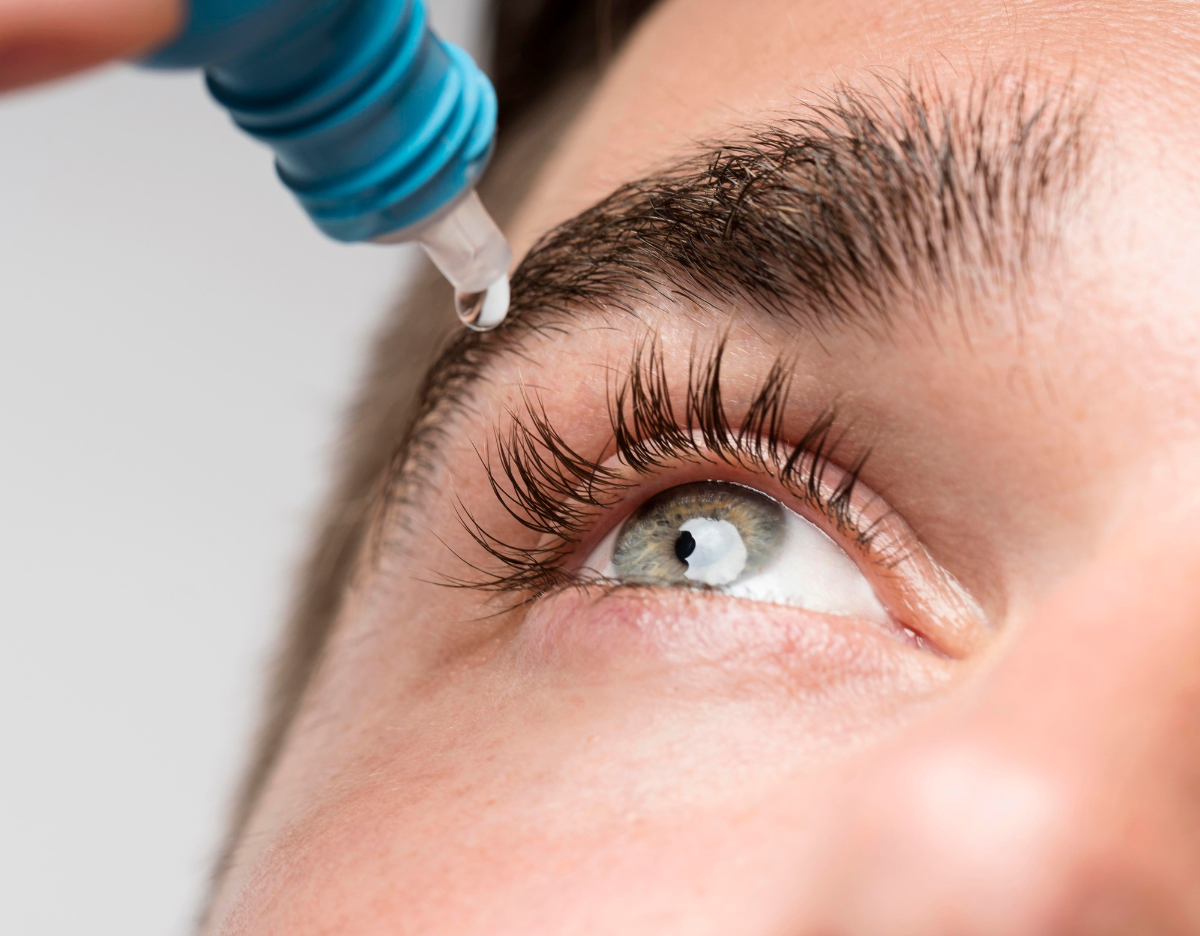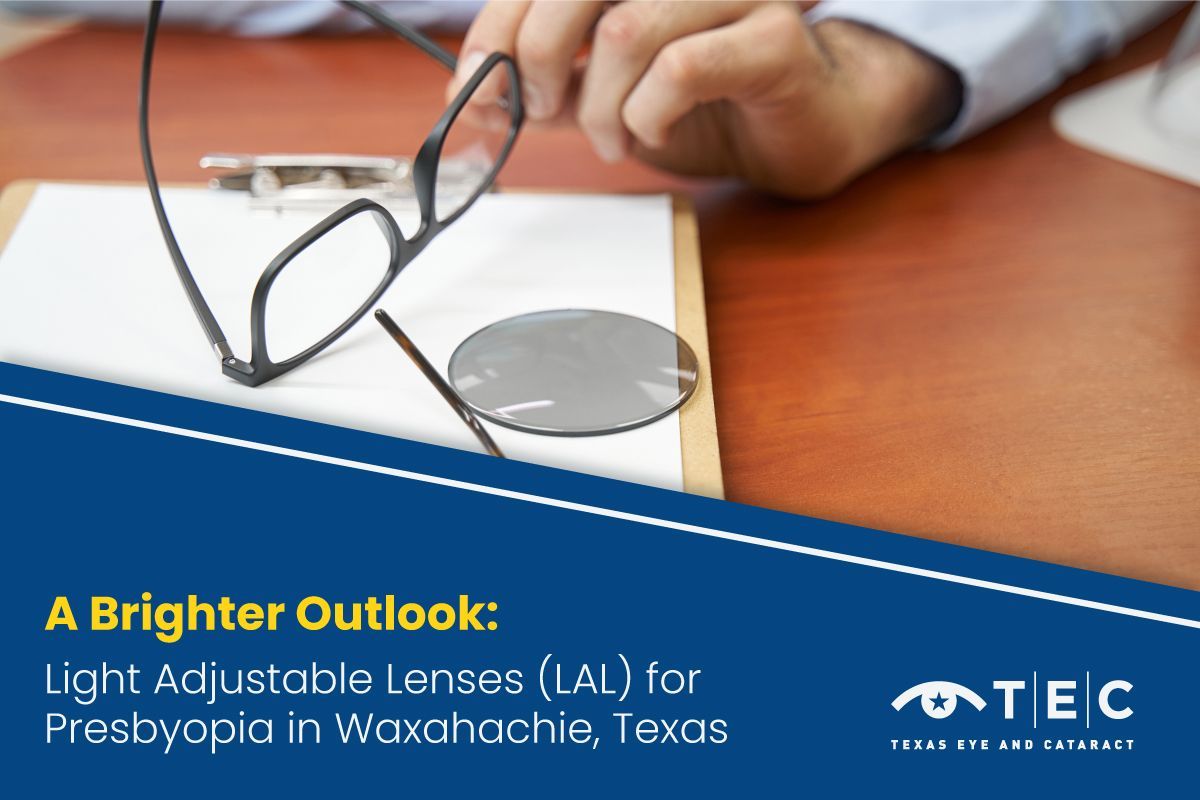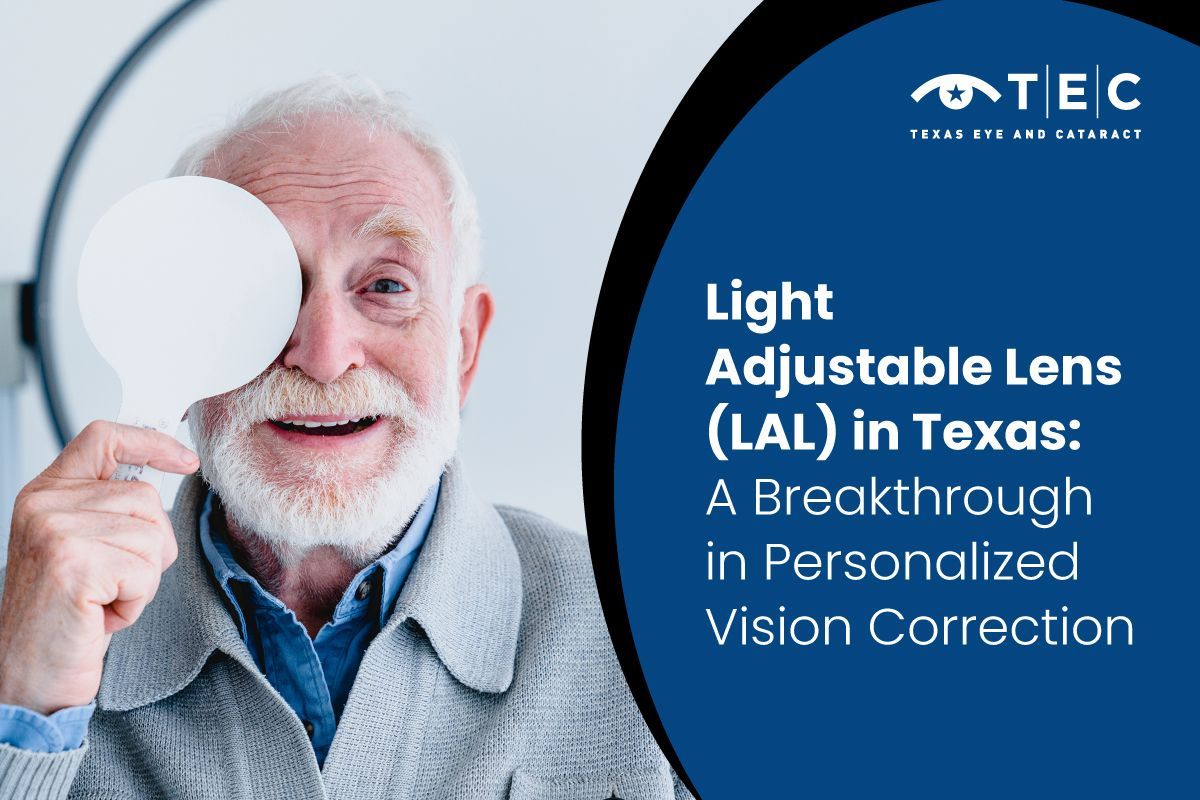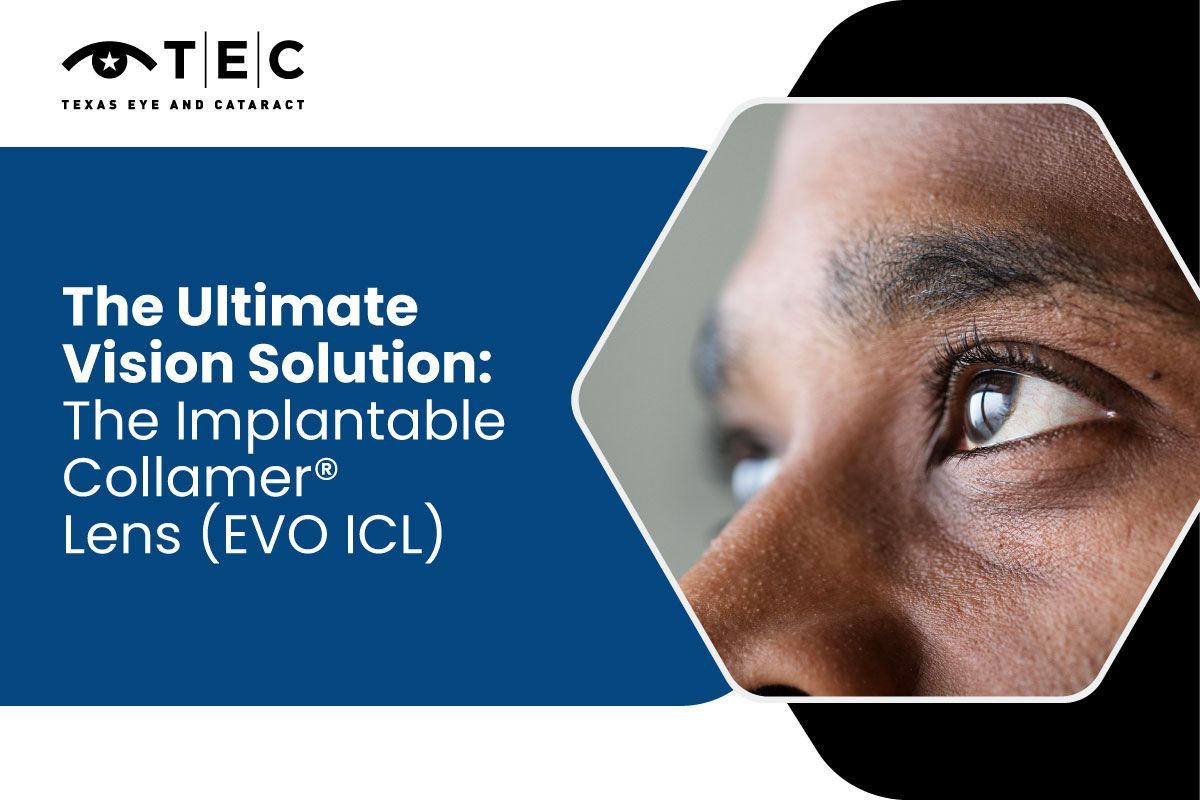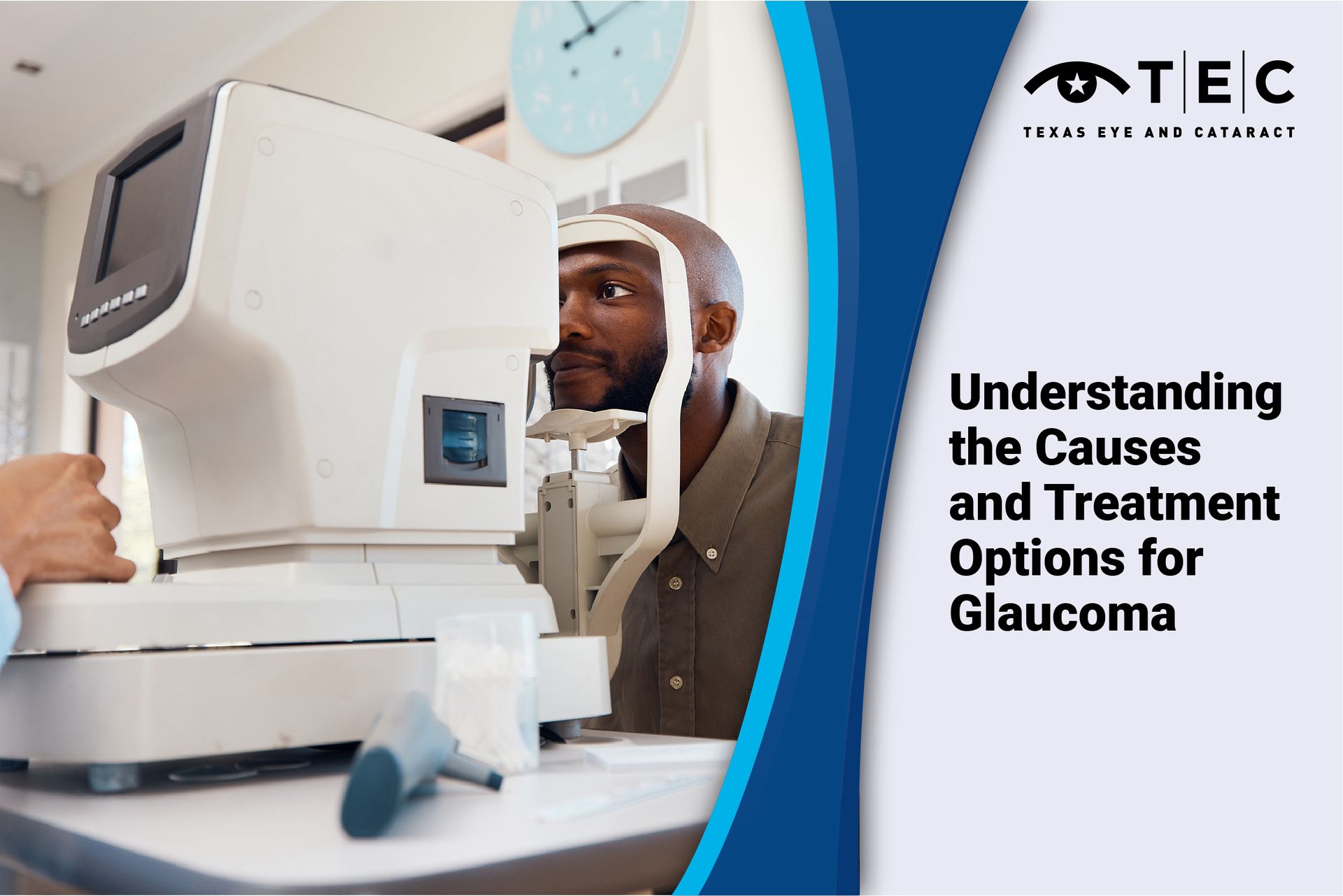Durysta (Bimatoprost Implant): Everything You Need to Know

Glaucoma and Eye Pressure
You are at an increased risk of glaucoma with high eye pressure. When the pressure inside your eye becomes too high, it can damage the optic nerve, causing vision loss. In addition, studies show that lowering eye pressure can prevent vision loss associated with glaucoma. Because of this, it's essential to keep your eye pressure under control.
High eye pressure does not guarantee the development of glaucoma in every individual, and some individuals with normal eye pressure may also develop the condition. Each person's optic nerve can handle a different amount of pressure, and that amount determines whether they develop glaucoma. Eye pressure
above 21 is considered high for most people.
How Does High Eye Pressure Affect Your Eyes?
Whenever fluid cannot normally drain from the front of your eye, your eye pressure increases. There is a space called the anterior chamber between the cornea and the iris. At the point where the iris and cornea meet, fluid typically flows through this space. The opening contains spongy tissue called the trabecular meshwork. Drainage of fluid from the eye takes place through the meshwork. A blockage in the trabecular meshwork can cause fluids in the eye to not drain back into the bloodstream, increasing eye pressure.
As
intraocular pressure (IOP) increases, there is an increased risk of vision loss associated with glaucoma. A higher IOP level increases the risk of optic nerve damage and vision loss.
What Is Durysta?
Durysta is a medication used to treat glaucoma, a condition that causes high pressure in the eye and can lead to vision loss. Glaucoma must be caught and treated early for vision loss prevention, as it is a leading cause of blindness worldwide.
A healthcare provider inserts Durysta, an implant that slowly releases a low dose of
bimatoprost medication, into the eye to help lower eye pressure. The implant is designed to release the drug over some time, usually several months.
History of Durysta
Durysta was developed by Allergan, Inc., a pharmaceutical company based in Dublin, Ireland. It was approved by the US Food and Drug Administration (FDA) in December 2020 to reduce IOP in people with glaucoma or ocular hypertension. Before its approval, Bimatoprost ocular implant was available as an eye drop under the brand name Lumigan.
When Should You Use Durysta?
Durysta is typically used in people who have not responded well to other glaucoma treatments or cannot use other treatments due to allergies or other medical conditions. It is often used in conjunction with other medications or treatments for glaucoma.
Who Are Candidates for Durysta?
You may be a good candidate for this glaucoma treatment if you:
- You are looking for a way to minimize eye drops without having to undergo surgery
- You're tired of eye drops that make your eyes red and dry
- Having trouble remembering to take eye drops every day
- You cannot afford multiple drops for your eyes
- The other treatment options you tried didn't work
How Is Durysta Implant Used?
During a short, in-office procedure, an ophthalmologist will insert the Durysta implant into the front part of the eye, behind the iris (the colored part of the eye). The Durysta implant is a small, flexible, and semi-transparent tube about the size of an eyelash. The eye will be numbed with eye drops or an injection, and a small incision will be made in the front of the eye. The ophthalmologist will then insert the implant through the incision and place it in the correct position.
After the procedure, you will need to keep the eye protected for a few days and follow your eye doctor's instructions for care. You may need to use eye drops or ointment to help with healing and prevent infection. You will also need regular follow-up appointments with your eye doctor to check your eye pressure and ensure the implant is working correctly.
Also, read on
After-Care Tips After Eye Surgery
What Makes Durysta Better Than Other Glaucoma Treatments?
It Takes Eye Drops Out of the Equation
Patients may forget or be unable to take eye drops regularly, which can lower treatment effectiveness and cause changes in eye pressure. In contrast, Durysta continuously releases medication into the eye 24/7, eliminating the need to remember to take it.
A Better Alternative to Eye Drops
Unlike eye drops, the Durysta implant, implanted in the intracameral cavity, allows the medication to directly reach the target tissue in the eye. This can help ensure more consistent drug delivery and provide more sustained IOP control compared to eye drop formulations.
Reduces Eye Pressure Fluctuations
In contrast with eye drops, Durysta delivers the medication continuously to the target tissue, which helps prevent fluctuations in intraocular pressure that can frequently occur with eye drops.
How Effective Is Durysta?
The efficacy of Durysta has been well-established in clinical studies. In a clinical trial involving patients with open-angle glaucoma or ocular hypertension, Durysta significantly reduced intraocular pressure (IOP) compared to placebo. On average, Durysta reduced IOP by 7-8 mm Hg, a significant reduction.
In addition, Durysta is effective in maintaining
long-term control of IOP in patients with glaucoma. In a clinical trial involving patients with open-angle glaucoma or ocular hypertension, Durysta effectively controlled IOP for up to
two years of treatment.
Studies also show that Durysta effectively lowers eye pressure in patients with glaucoma and has a low risk of side effects.
Are There Side Effects When Using Durysta?
The most common side effect of Durysta is a temporary change in the color of the iris (the colored part of the eye). This change is usually not noticeable, but in some cases, the iris may become darker or lighter. Other potential side effects include:
- Eye irritation
- Redness
- Discomfort
Durysta is generally well-tolerated, and any side effects that may occur are usually mild and resolve on their own within a few days.
Taking Glaucoma Treatment To The Next Level
The FDA has approved Durysta, a dissolvable ocular implant, for treating open-angle glaucoma and high eye pressure (ocular hypertension). Durysta targets explicitly and reduces eye pressure in these conditions as the first and only medication of its kind. If you are searching for an "eye doctor near me", in Waxahachie, Texas, look no further! Texas Eye and Cataract offers the best eye services to help manage your glaucoma in Texas. Our team of eye care professionals at Texas Eye and Cataract provides a multitude of eye care services to provide the best treatment you deserve for your eye problems.
At Texas Eye and Cataract, you are in good hands.
At Texas Eye and Cataract, we know how important it is to see life with clear vision. We understand that being your best means seeing your best.
Copyright © 2023 Texas Eye and Cataract. All rights reserved.
Quick Links
Eye Care Services
Get In Touch
Copyright © 2022 Texas Eye and Cataract. All rights reserved.





